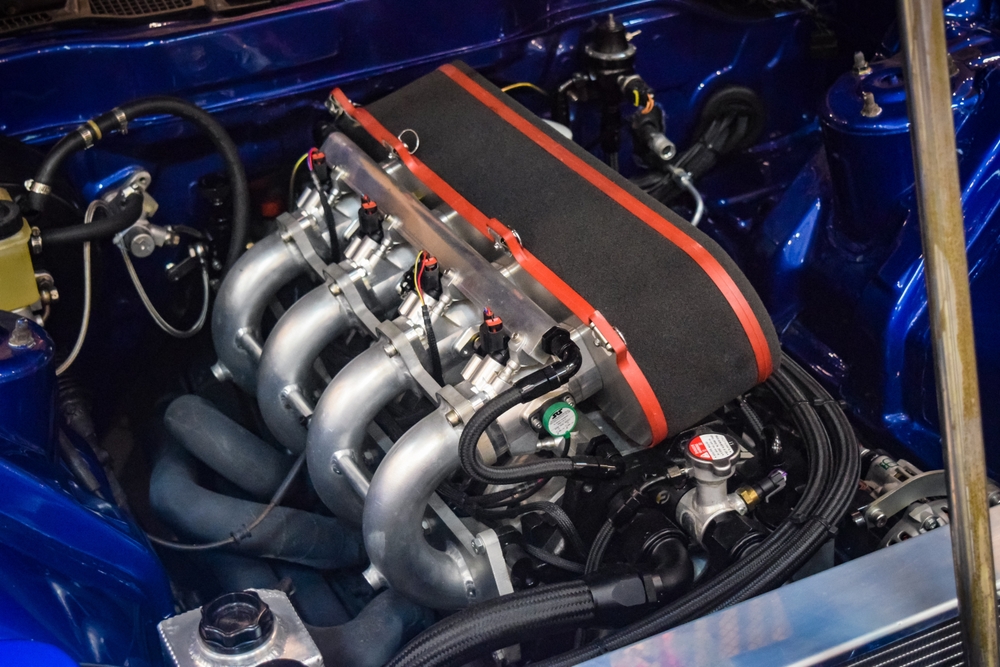Biofluorescent Manufacturing: Illuminating the Future of Production
Industry leaders are turning their gaze towards an unexpected source of innovation: bioluminescent organisms. This cutting-edge approach, known as biofluorescent manufacturing, harnesses the natural light-emitting properties of certain marine creatures to revolutionize production processes. By integrating these biological marvels into industrial settings, companies are not only reducing energy consumption but also enhancing quality control and worker safety. As this technology gains traction, it promises to reshape the landscape of modern manufacturing.

In recent years, forward-thinking industrialists have recognized the untapped potential of these light-emitting creatures in manufacturing environments. By adapting the principles of bioluminescence to industrial processes, they’ve initiated a paradigm shift in how we approach lighting and monitoring in production facilities.
Harnessing Nature’s Glow for Industrial Applications
The implementation of biofluorescent manufacturing involves cultivating and integrating bioluminescent organisms or their engineered derivatives into various aspects of the production process. These biological light sources can be used to illuminate workspaces, highlight production line issues, and even serve as living sensors for environmental conditions.
One of the primary advantages of this approach is its energy efficiency. Bioluminescent organisms produce light with minimal heat generation, making them significantly more energy-efficient than traditional lighting solutions. This not only reduces operational costs but also aligns with growing sustainability initiatives across industries.
Quality Control Reinvented
Perhaps the most transformative aspect of biofluorescent manufacturing lies in its potential for quality control. By incorporating bioluminescent markers into products or production materials, manufacturers can create self-reporting systems that instantly highlight defects or inconsistencies. For instance, a biofluorescent coating applied to a product could change color or intensity when exposed to harmful substances or temperature fluctuations, providing real-time quality assurance without the need for extensive testing.
This biological approach to quality control not only enhances accuracy but also speeds up the inspection process, leading to increased productivity and reduced waste. As the technology evolves, it’s expected to become an integral part of smart manufacturing systems, working in tandem with AI and IoT devices to create highly responsive and adaptive production environments.
Enhancing Worker Safety Through Biological Illumination
Worker safety is another area where biofluorescent manufacturing is making significant strides. By incorporating light-emitting organisms into safety gear and workspace materials, companies can create self-illuminating environments that improve visibility and reduce the risk of accidents. This is particularly valuable in low-light conditions or during power outages, where traditional safety systems might fail.
Moreover, biofluorescent indicators can be designed to react to the presence of harmful gases or radiation, providing workers with immediate visual warnings of potential dangers. This proactive approach to safety not only protects employees but also minimizes downtime and potential liabilities for companies.
Challenges and Future Prospects
While the potential of biofluorescent manufacturing is immense, several challenges need to be addressed for widespread adoption. The stability and longevity of bioluminescent organisms in industrial settings, potential environmental impacts, and regulatory considerations are among the primary concerns that researchers and companies are actively working to resolve.
Despite these challenges, the future of biofluorescent manufacturing looks bright. Ongoing research is focused on developing more robust and versatile bioluminescent systems, including genetically engineered organisms tailored for specific industrial applications. As these technologies mature, we can expect to see a growing integration of biological light sources across various sectors, from automotive manufacturing to food processing.
Illuminating Insights for Industry Pioneers
• Conduct a bioluminescence audit to identify potential applications in your manufacturing processes.
• Partner with biotechnology firms to develop custom biofluorescent solutions for your specific industry needs.
• Implement pilot programs to test biofluorescent quality control measures on a small scale before full integration.
• Invest in training programs to educate your workforce on the benefits and proper handling of biofluorescent technologies.
• Explore collaborations with marine biology research institutions to stay at the forefront of bioluminescence innovations.
As we stand on the cusp of this bio-inspired industrial revolution, biofluorescent manufacturing represents a convergence of nature’s ingenuity and human innovation. By embracing these luminous technologies, forward-thinking companies can illuminate new pathways to efficiency, safety, and sustainability in the ever-evolving landscape of modern manufacturing. The future of production is not just bright—it’s biofluorescent.





